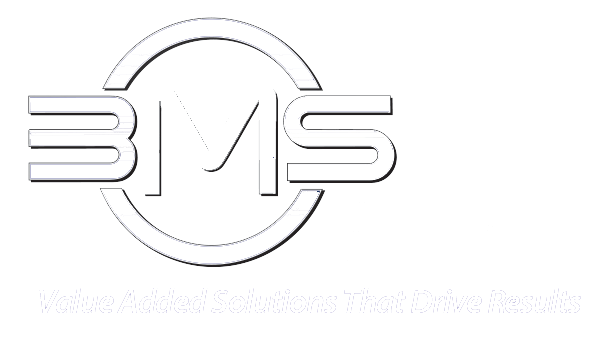The Digital Advantage
If you currently print predominantly on offset or other non-inkjet technology, reducing your environmental impact and boosting your reputation for sustainability are just some of the substantial benefits you could achieve by moving to inkjet production printing.
By its very nature, digital printing offers many sustainability benefits, such as less waste, chemical-free production, and reduced make-ready and set-up time
By its very nature, digital printing offers many sustainability benefits, such as less waste, chemical-free production, and reduced make-ready and set-up time. You also can add cost-efficient production of shorter runs matched to actual demand, even down to a run length of one, among its green attributes. And being a digital process, efficiencies and consequential sustainability benefits can be enhanced—and the risk of human error reduced—by putting in place fully automated workflows managed by software.
Digital printing also gives print providers access to more sustainable business models, such as:
- On-demand Printing: Sell first, then print.
- Dynamic Publishing: Highly targeted content based on streamlined data workflows and automated production processes, resulting in lower page counts.
- Programmatic Print: Linking marketing automation platforms and highly-automated print production workflows.
If you’d like to find out more about these business models, you can read our reTHINK Commercial Print guide here.
Elevated by Inkjet
Through the use of production inkjet technology, however, the environmental benefits of digital printing can be elevated to an even higher level—starting with the printheads.
Engineered for precision and durability, these printheads can have a lifespan of thousands of hours and may only need to be replaced after years of use.
Most inkjet sheetfed and web presses use piezo printhead technology, which works by rapidly passing an electric charge through a piezo crystal that flexes and, in doing so, forces a drop of ink out of a nozzle. Engineered for precision and durability, these printheads can have a lifespan of thousands of hours and may only need to be replaced after years of use. The longevity of the print heads also is aided by the close interdependency between the printhead technology and inkjet inks, resulting in minimal maintenance costs.
Eco-Friendly Inks
As for inkjet inks, the most environmentally friendly are stringently manufactured aqueous pigment inks. Being water-based, the inks emit low odor; do not carry substances of very high concern (SVHC); and are free of mineral oil, aromatic hydrocarbon (MOAH), and saturated hydrocarbons (MOSH). Look for process-color inks listed in the Nordic Swan database of approved printing chemicals that show good deinking properties, according to INGEDE method 11, when combined with appropriate substrates.
Look for process-color inks listed in the Nordic Swan database of approved printing chemicals that show good deinking properties.
Solvents used and produced in the manufacture of inks, coatings, and paints contain volatile organic compounds (VOCs), human-made chemicals that may have adverse health effects. However, sustainability-conscious suppliers see to it that the VOC emissions of ink and paper conditioning products remain well below the levels allowed by governmental guidelines. In addition, some inkjet presses use innovative technology to further reduce the impact of VOCs. For example, some drying technology uses a sufficiently low temperature that any VOC particles that do enter the paper fibers are not released into the air, so no exhaust air cleaning is required. Other presses also have integrated exhaust air cleaning systems that can eliminate VOC emissions.
Even More Sustainable Credentials
The main sustainability benefits that can be gained through adopting inkjet production technology offer a lot to consider. But there are other features and sustainable benefits to seek out when evaluating an inkjet press investment. For a start, energy consumption: while a press that is robust enough for heavy-duty 24/7 operations is a given, there are inkjet presses that feature low energy consumption per printed page.
Then, hand in hand with durability are longevity and upgradability. Though digital machines have at times been associated with “built-in obsolescence,” look for an inkjet press that has proved itself in the market and offers a clear upgrade path for new features and speed enhancements, maximizing the lifespan of the system and making it truly sustainable. An inkjet press that has been built to last and to operate around the clock—especially one that incorporates preventive maintenance concepts—is most likely to deliver the high levels of uptime and productivity required and, potentially, up to 10 million impressions per week.
An inkjet press that can be refurbished and has multiple recyclable parts also will add to your sustainability credentials.
Finally, an inkjet press that can be refurbished and has multiple recyclable parts also will add to your sustainability credentials. So, look for a supplier that maximizes the economic life of its inkjet presses with a high refurbishment rate and that recycles, within industry standard recycling processes, a high percentage of the parts in its presses.
Plus Canon’s Commitment
With sustainability becoming an increasingly important topic for print service providers, it is even more of a reason to think about moving some, if not all, your work to production inkjet and assessing which technology partner is going to be best for your business. Not only does Canon Solutions America offer a range of production inkjet presses to suit every application and run-length but, for us, sustainability is a key consideration from the very start of the inkjet innovation and development process—including using sustainable and/or recycled materials and energy-efficient manufacturing processes and eliminating hazardous substances wherever we can.


